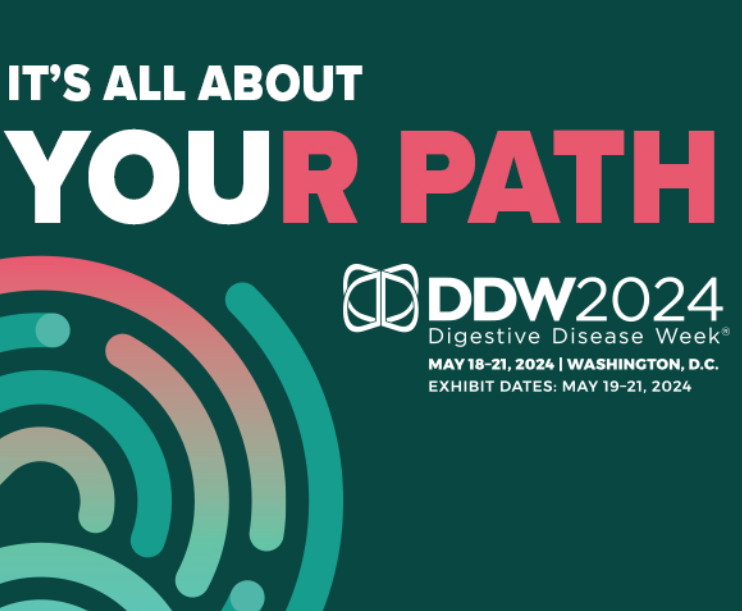
Studies featuring endoscopic and laparoscopic procedures, including patient views on artificial intelligence in endoscopy and hazards to healthcare personnel of smoke-producing procedures, will be presented this week at Digestive Disease Week (DDW) 2024.
Here are summaries of the new research:
Patients’ sentiments on artificial intelligence in endoscopy: A large-scale intercontinental opinion survey, Abstract 505
Researchers investigated patient attitudes about the use of AI in endoscopy through a large-scale, international online survey of more than 1,200 patients, including more than 200 respondents per continent. Nearly three-fourths of respondents said they are comfortable with AI complementing the work of an endoscopist, but only 38% believed that an AI system could be better than experienced endoscopists. There was wide agreement at 92% that endoscopists should remain responsible for decision-making. Nearly 77% agreed that endoscopists or hospitals should be liable for medical malpractice resulting from the use of AI.
Robotic versus laparoscopic cholecystectomy: A NSQIP comparative analysis, Abstract 609
This retrospective study reviewed gallbladder surgery records from a national surgical registry and compared outcomes from 54,407 laparoscopic procedures to 5,610 robotic procedures. Robotic gallbladder removal compared to laparoscopic procedure was independently associated with lower odds of conversion to open surgery and need for hospitalization after 24 hours without increasing the risk of serious complications, need for reoperation or readmission.
An unrecognized threat: Evaluation of air-pollutant exposure during smoke-generating endoscopy procedures, Abstract Mo1121
Over the course of a career, endoscopic smoke may pose significant health risks to personnel in the endoscopy suite. Researchers placed equipment in an endoscopy lab during 27 procedures at Brigham and Women’s Hospital to evaluate air quality before and during four different gastrointestinal endoscopic procedures, including 13 argon plasma coagulations, four gastric endoscopic submucosal dissections, eight colonic endoscopic submucosal dissections and two ampullary sphincterotomies. The study found that the peak level of volatile organic compounds reached twice the maximum safe level determined by the Environmental Protection Agency. Elevated levels of ultrafine particles and fine inhalable particles of less than 2.5 micrometers were found during all the procedures. The intensity and length of exposure during a single procedure was similar to smoking a cigarette.
Shining a new light on gastrointestinal endoscopy: A randomized, controlled study evaluating the effect of green light versus dim light on performance in the endoscopy suite, Abstract 812
A randomized, controlled study compared image classification on video monitors and the performance of multiple physical tasks in the endoscopy suite using green light and dim light. Eight endoscopists were randomized into two groups, which alternated performing common endoscopic tasks in each light condition. Performance of all physical tasks was significantly faster and workload measure was significantly lower using green light compared to dim light. Polyp and stone detection rates were not significantly different, but eye strain was lower under green light. These findings suggest green light may augment performance and improve comfort in the endoscopy suite.
